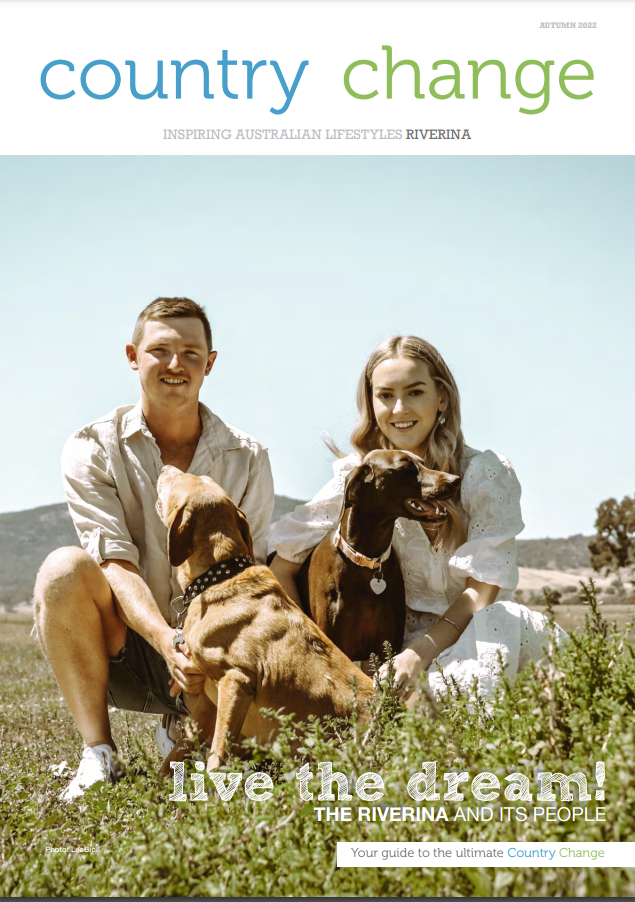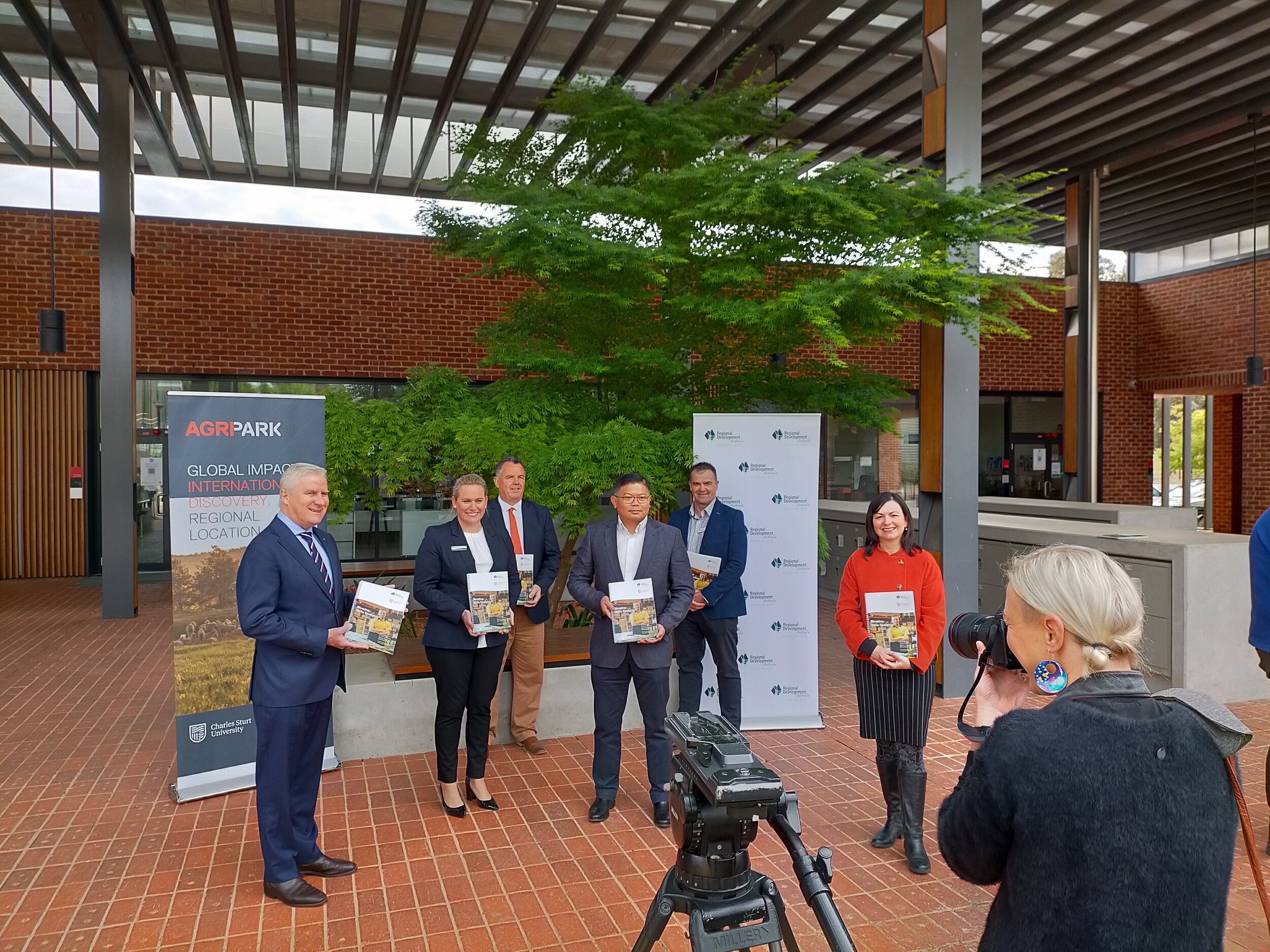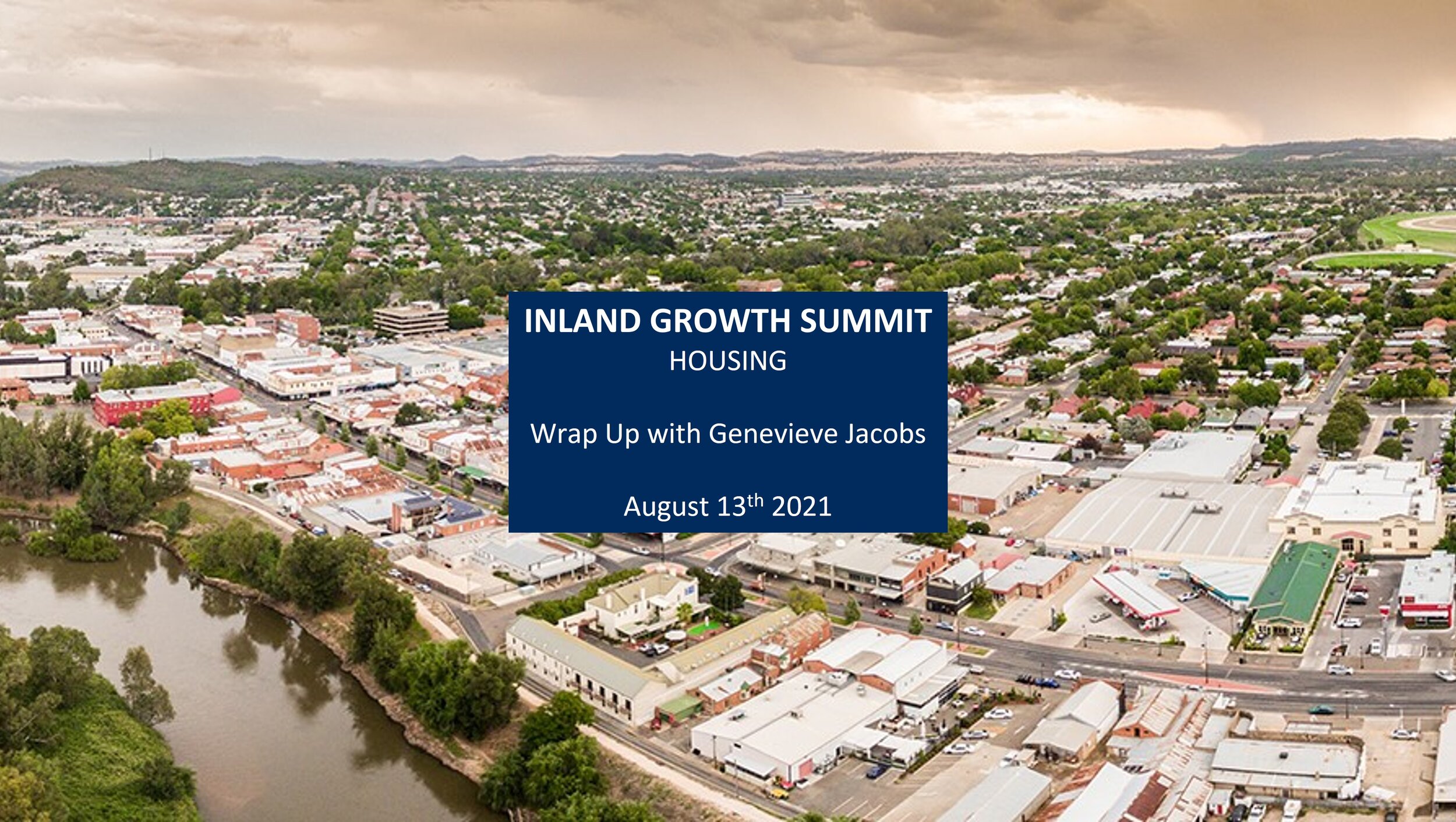Official opening
Demographic changes, regional growth, employment demand, and multiple other factors have collided to create a really stressful situation in a number of inland communities. The Hon Mark Coulton MP pointed out at the beginning of the day, not long ago communities were offering farmhouses for peppercorn rents, desperate to get people into some areas of regional New South Wales. Now, the focus is so strongly on people moving to the regions. So, we do need some innovative solutions. Assistant Minister for Regional Development and Territories, the Hon Nola Marino MP set the scene supporting a collective response across all levels of government. She reminded us that mateship and collaboration are very much in our DNA as regional Australians and asked us as a collective to leverage that.
It's particularly important when, as we've heard a number of times during the day, we've got a multi-billion dollar infrastructure spend coming down the pipeline that will be of enormous benefit, but we'll also continue to put real pressure on housing. NSW Minister for Housing, the Hon Melinda Pavey MP also noted that this is essentially a positive issue in many respects, but one that requires flexible solutions. Among them, the New South Wales government has identified and indexed all the crown land that's available, all 250,000 parcels of it. And that includes land where zoning could be changed.
The site where you can find that is: https://pp.planningportal.nsw.gov.au/government-property-index-list
Session 1
Peta Gilhome from Domain, presented some really interesting data, pointing out that COVID and housing had this fascinating effect where the market remains extremely strong in many areas and COVID could be a generational change for housing and regional community growth. It is a real change in housing pressures in inland New South Wales, particularly because current workforce trends are really enabling dispersed work patterns. And that's not just the high profile coastal destinations, but also the major regional centres. She pointed out that "rivers outrank beaches", which is good news for many of us and that in-depth data she was able to access about who's moving where and why and from where. Data that many of you identified as very valuable.
Neil Barber, from the Australian Red Cross, pointed out the positive economic influence of migration and that migration to the regions is not disconnected from urban migration patterns. Much regional migration is still temporary, but there are ways to harness it for regional benefit. Large migration clusters in major cities do stress services. So, there's a push to bring migrants into regional areas and to keep them there. That's problematic in some ways as there's a risk of exploitation with some private rental arrangements, particularly given it can be very tough for refugees and migrants to access employment, but there's an opportunity for some lateral thinking around incentives. If we can work together across government and private providers to meet their needs and to acknowledge that for migrants and refugees, smaller communities, places like Temora and Leighton and Walla Walla the shift could be quite appealing for some families in that cohort.
Julie Briggs also talked to us about a flexible local approach to solving these problems. It was astonishing to hear that in some communities there is not a single house to rent. And with that billions of dollars in infrastructure investment on its way, the lack of housing can be a handbrake on growth. So, how do we unlock land that's zoned for housing, but not being developed? Julie suggested possibly a revolving infrastructure fund that recognized the upfront costs of things like water and electricity and sewage, which also has a long lead time. She also suggested that the State Government could work via local government with developers so that repayments could be made as sales.
Our final speaker of the session, Dr Kim Houghton, from RAI talked to us about some of the key economic drivers in this situation of pent up demand, regional growth driven by prices that were originally significantly lower than the urban centres, demographic trends that are bringing cashed-up urban people to the regions and putting pressure on the locals. And he said, importantly that many more people are choosing to stay in the regions and that's driving historically low availability in many areas. Well below the long-term average, rentals are tied up for new arrivals. There is on the positive side, a record level of building approvals. Although, we don't have good data on what investors are doing in the regions. It will all take time to flow through and mend that supply issue. But Kim warned us that population predictions have often been on the low side. So, we need to just be conscious of those growth scenarios, particularly in our larger centres.
Session 2
Session two was on ideas and solutions. Mike Day talked to us about the art of timeless town planning and the neighbourhood unit. He seeded the idea of affordable living versus affordable housing and pointed out that well-designed neighbourhoods can actually be cheaper to live in. They reduce transport costs, they reduce heating costs. It's quite old fashioned thinking in many ways about what makes people feel comfortable and connected and at home, really simple things: the north face in courtyards, good street frontages, pleasant well-designed spaces, even if they're small, and the idea of walkable neighbourhoods (living 20 minutes from anywhere).
Brendan Grylls also gave us a really powerful presentation on housing pressures and warned us about what had happened in the Pilbara. Massive mining-led growth as a template for what we're experiencing and perhaps what we need to avoid. So, social housing models might be well-established, but where do we go beyond that for workers? How do we avoid those damaging boom and bust cycles for service workers? And the answer in the Pilbara was the service worker housing program where rents could be managed separately to the market. Brendan also introduced the concept of lifestyle villages for service workers. Brendan made the powerful point that the market wasn't normal and when that happens, it doesn't attract normal levels of investments. So, it requires robust policy approaches to ensure that we don't lose service workers via a completely unfettered housing market.
Peter Vlatko, General Manager of Cobar Shire Council talked about issues around employer engagement in growth issues. Large employers and projects want the people, but they're not so invested in ensuring that they remain in communities. He pointed to difficult social issues where the miners are welcomed, whether they become part of the community, social and economic structure. And if miners are flying in or flying out or busing or busing out, that doesn't happen. So, local governments need to work really hard to try to bring those people into the community without developing mining camps.
Session 3
In our Innovations Session, Tom O'Dea from the NBN talked to us about digital infrastructure, now recognized as critical as roads and water. The potential upgrade paths are evolving constantly, including the sky muster satellite. And again, we heard about a huge amount of network investment, $4.5 billion worth of it coming to enable more Australians to access higher speed. He says 75% of people in fixed-line networks should be able to do so. We could all have an average of up to 30 connected devices in our homes in the next decade. So, it's critical for business, but a strong personal expectation for building regional communities.
Nick Lane told us that it takes around three years for people to fully settle into their new communities. And he pointed to the need for available transition housing so that people who do come to the regions can build relationships and decide to stay. It takes a long time, he said, to meet the rising demand, but coupled with that is a sustained infrastructure boom that gives us huge opportunities for social and economic uplift. Riverina alone has many, many millions of dollars in the infrastructure pipeline with more than 7,000 jobs attached to it and that needs capacity. There need to be workers to build everything that's associated with that infrastructure. If we're without the capacity, we miss out on opportunities, we create stressful and difficult situations for the existing workforce and reminding ourselves that existing regional populations are aging. So, let's not repeat the mining boom issues that are so well outlined by Brendan and Peter. We need housing to be a critical factor in the planning processes as the boom gathers speed.
Catherine Brazier talked to us about efficient environmentally sustainable opportunities for well-designed prefabricated homes, not what you would have thought of in the past. We're talking construction on steel frames with double glazing insulation, so much more attractive as an option. And it also responds to the skill shortage we've been hearing about. It's a small part of the construction industry, but growing fast with plenty of opportunities for not just houses, but also other sustainable buildings and facilities for communities.
And we also heard from Tony Balding about the possibilities for resilient housing that meets particular needs but is well-made and it's efficient, particularly for people who've been through disasters. He mentioned an eight-hour install with building methods for a house, plus a granny flat, painters inside within weeks. The capacity for adaption to extreme fire zones, meeting insurance requirements, and that in turn makes refinancing and rebuilding for disaster recovery more possible.
Session 4
Our final session was challenging the norm. We started with Garry Fielding, who talked to us about the search for solutions within the New South Wales planning system, including identifying the issues and trends in regional communities. The act of search for solutions for greater housing choice, supply, and affordability are being identified in regional New South Wales. We expect that report in October this year, but Gary said the impact of very little rental availability is abundantly clear in many regional areas. Housing stress and the following pressures are growing rapidly. And that includes social pressures too. Where do you find social housing, for example? Where do you find crisis accommodation in this demand heavy market, especially when the pipeline is slow to respond? And added to this there is the issue around the stock itself, is unlocking new sites always the answer? Not necessarily.
David Fisher, CEO of Housing Plus also stressed to us just recently how difficult this all becomes when there are 1.4 million people in some form of housing stress right now, and by affordable housing, he means housing 20% below the market average. Where then do we put people who need refuge? People, who need emergency accommodation? He pointed out that community housing providers are charitable. They don't pay GST or land tax or stamp duty. So, collaborating with them regarding community housing makes it possible to achieve good solutions for your community efficiently and effectively. There are 50,000 people on the waiting list and growing, nothing will be solved by a single agency, but that collaboration with community housing providers does mean that there are economic benefits and that's in construction, in securing workforce, in all the issues that we've been talking about.
Brett Stonestreet, GM of Griffith City Council and Justin Nyholm, CEO of Argyle Housing talked about how effective those collaborative approaches can be and also the lessons learned. Among them, the need for really extensive community consultation, understanding what the community values, which might be unexpected, perhaps not what you would have thought it would be, but we also saw the picture of what long-term close collaboration can achieve. Our final speaker, Jenny Mattila talked about the time required to solve the housing issue, with fast grants and quick politics not being able to budge deep-seated complex housing issues.
Rewatch the presentations below

























































